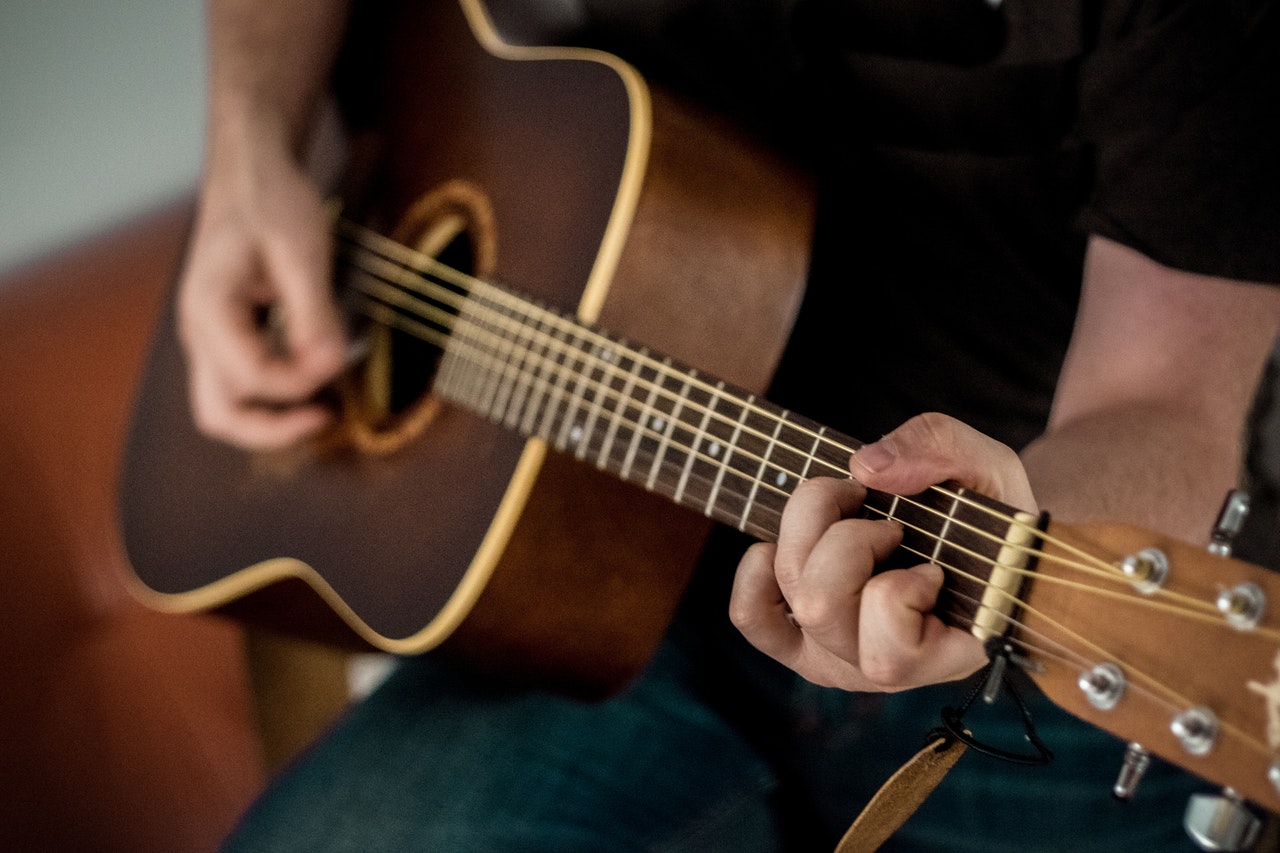Changing Strings Part 6
Share
Keith Holland: Hi, I’m Keith Holland from the Guitar Hospital in Los Gatos, California. We’re discussing tone on an acoustic guitar right now. We’ve talked about the tuners, how that can affect tone. I’d like to spend a second to talk about the material that goes into making the nut and the saddle. Both the nut and the saddle are important to tone. But probably more important would be the tone of the saddle.
There are a lot of materials that are used and have been used over the years. Bone, of course, and ivory are very popular. Ivory is hard to get now. It’s an endangered species, an endangered product of the species, so it can be very expensive to get fossilized ivory. And it may not be the ideal material, as well.
Bone is more common, but, bone, these days, has become very difficult to get good pieces of bone, so we’ve gone to alternative materials over the years to try to maybe get as close as we can to the bone tones we can.
Here are some examples of materials I have over here. The most common on the inexpensive guitars is the plastic saddle material and not desirable at all. I like to replace these. I talk people into replacing these all the time… not on the very inexpensive guitars, but on the expensive guitars we do.
If we drop that, on the table…
[drops item]
Keith: It doesn’t make much noise. It’s just…
Man: Do that again, yeah.
Keith: Yeah. It just does that. And this is my Carter, this is actually what I’ve been told is compressed cardboard, and very common from guitars in the ’70s and ’80s. Even Martin and some of the higher-end instruments… [drops item]
Not a good tone. Once again…
[drops item]
Keith: You hear that. You hear the plastic. OK, this is bone. This is what bone sounds like. [drops item]
Keith: Substantial. [drops items]
Keith: Much more substantial. Now, this is Corian. That’s what you see in the kitchen for counters all the time. Corian is a very close material in tone to bone and a very good alternative material. [drops item]
Keith: Much more substantial. [drops item]
Keith: Very similar in tone, whereas, these don’t have much to them. [drops item]
Keith: These are much more substantial. So we use Corian a lot, very happy with it. And I have here a Gibson LGO guitar from the ’60s. That, at the time, it was a student model guitar, but it’s actually, in today’s world, a very nice guitar.
[plays guitar]
Keith: There were reasons why this was an inexpensive guitar, and they’re very easy problems to fix that can make a world of difference in a guitar like this. For instance, the bridge, itself, it looks like a normal bridge. This bridge actually came off of this guitar. It’s a piece of plastic, and not just plastic, but its hollow plastic. That was actually on top of that guitar.
You can’t even tell by just looking at the guitar, but you can really hear the difference in tone. You know that there’s something wrong with that tone when you play the guitar. So a common fix for that would be to make a wooden bridge.
In this case, I used rosewood, because it’s got a real good fingerboard. Usually I try to put the same material that’s in the fingerboard in the bridge. So I made a new bridge for this puppy.
And when I installed this bridge, the guitar, itself, becomes a very, very good guitar. And I plan to sell this guitar someday to a deserving individual who will really enjoy it and not nearly as enjoyable as with this bridge on it as it is now.









